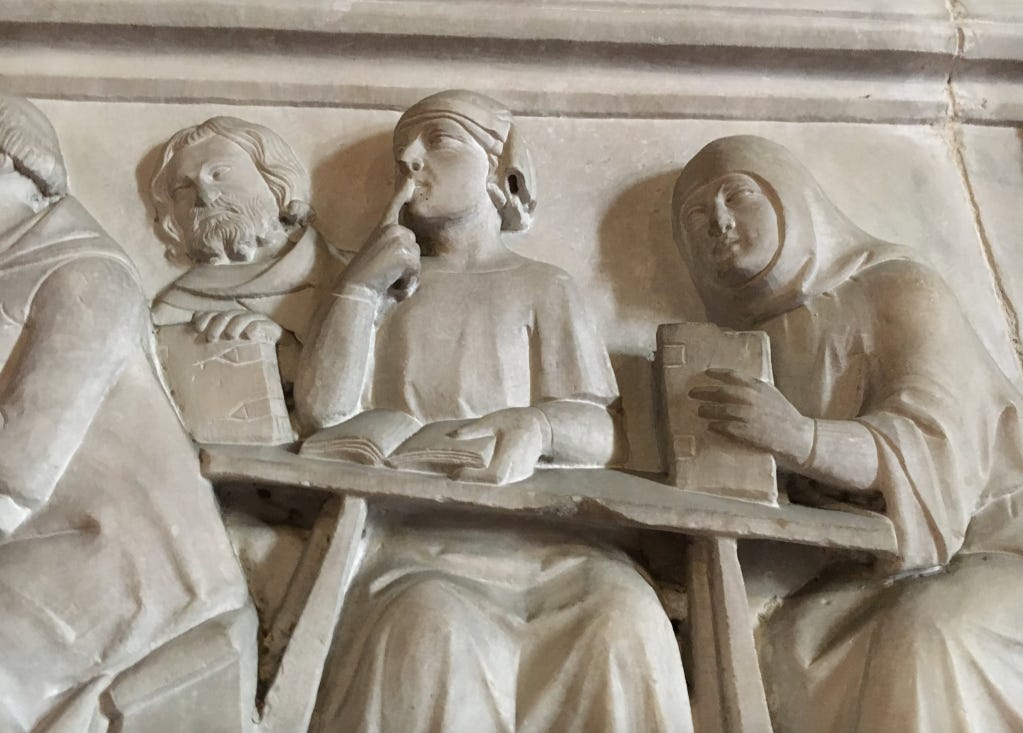Make room for the classroom

It may be argued that the most enduring institution in European history has been the school classroom. In the passage from the ancient world to what we call the medieval period, the cl…
Keep reading with a 7-day free trial
Subscribe to Biblonia to keep reading this post and get 7 days of free access to the full post archives.

